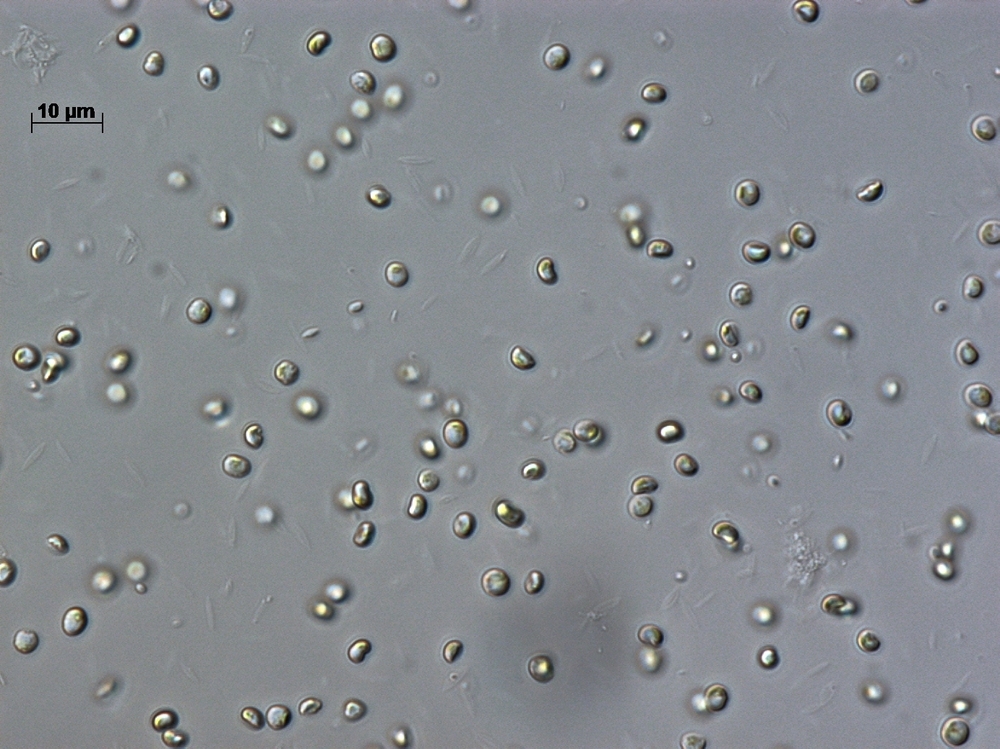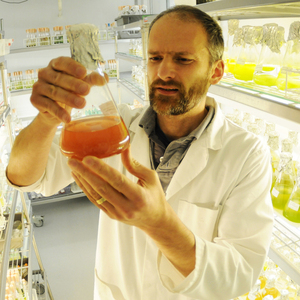Scientists screen ocean-based algae for highest oil content



Photo: Scottish Association for Marine Science
August 26, 2015
BY The Scottish Association for Marine Science
Researchers at the Scottish Association for Marine Science have unlocked a treasure chest of “super-algae” that could provide a previously untapped source of oil.
Using a newly devised technique, scientists examined microalgae strains in the Culture Collection of Algae and Protozoa, an internationally important algal store based at SAMS in Oban, to find out which ocean-based strains had the highest oil content.
The screening revealed two marine strains, Nannochloropis oceanica and Chlorella vulgaris, which had a dry-weight oil content of more than 50 percent. This makes them ideal sources of biofuel for vehicles and aircraft.
The results of the screening, part of the BioMara project, have been published in Nature’s online journal Scientific Reports and are likely to help bring forward research into algae as a source of biodiesel and other biofuels by a number of years.
Advertisement
SAMS scientists have demonstrated that Nannochloropsis, for example, is very efficient at converting nutrients, so it has the perfect combination of high levels of oil and high productivity.
The report’s lead author, Stephen Slocombe, SAMS research associate in molecular biology, said, “In order to produce biofuels from microalgae we will have to generate high yields, so we need to know which strains will produce the most oil. While there is a lot of work being done on micro-algae biotechnology—currently around 10,000 researchers across the world—no one has identified a shortlist of the best performing strains and how their properties could be used.”
Microalgae synthesize high levels of oil, carbohydrates and proteins from sunlight but only a few species are currently grown commercially for health foods, such as Omega-3 oils and pro-Vitamin A.
In addition to strains for making biofuel, the report also signposts those which could be used as sources of food, Omega-3 oils, or aquaculture feed.
Advertisement
This shortlist of “super-algae” will give researchers a head start when investigating which strains to produce, or genetically engineer, for mass culture.
Slocombe added, “This work paves the way for large scale trials of these strains to uncover their true biotechnological utility in the years to come.”
Michele Stanley, center lead for Marine Biotechnology at SAMS, said, “There has been a great deal of interest in the last few years surrounding biofuels from microalgae linked to a very limited number of species. This research generated by the BioMara project not only highlights the potential of marine algae as sources of biofuels but also for a wider set of biotechnology applications.”
The BioMara project receives support from the European Regional Development Fund through the INTERREG IVA Programme, Highlands and Islands Enterprise, Crown Estate, Northern Ireland Executive, Scottish Government and Irish Government, also with National Capability funding from NERC.
Related Stories
The USDA reduced its estimate for 2024-’25 soybean use in biofuel production in its latest WASDE report, released May 12. The agency expects soybean oil use in biofuel to increase during the 2025-’26 marketing year.
HutanBio's microalgal biofuel production shown to be net-negative in an independent life cycle assessment by EcoAct
HutanBio on May 8 announced that the production process for its proprietary HBx microalgal biofuel achieves net-negative carbon emissions, based on an independent cradle-to-gate life cycle assessment (LCA) conducted by EcoAct.
According to a new economic contribution study released by the Iowa Renewable Fuels Association on May 6, Iowa biofuels production has begun to reflect stagnant corn demand throughout the agriculture economy.
Repsol and Bunge on April 25 announced plans to incorporate the use of camelina and safflower feedstocks in the production of renewable fuels, including renewable diesel and sustainable aviation fuel (SAF).
U.S. operable biofuel capacity in February was unchanged from the previous month, according to data released by the U.S. EIA on April 30. Feedstock consumption for February was down when compared to both January 2025 and February 2024.
Upcoming Events










